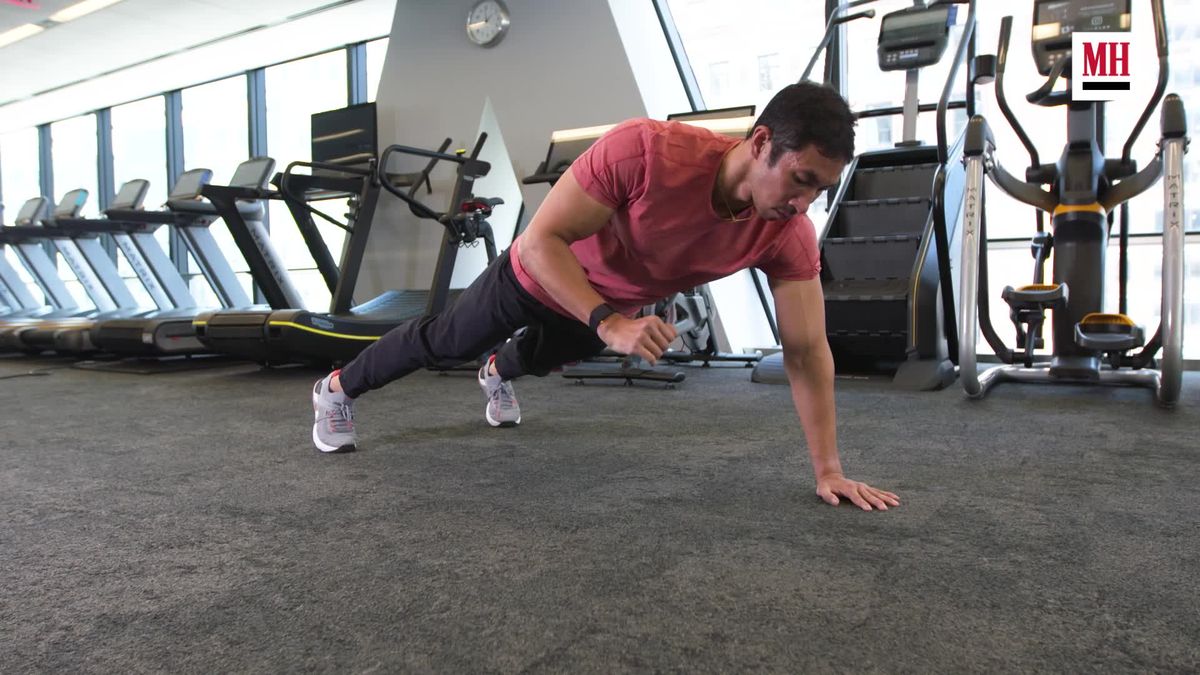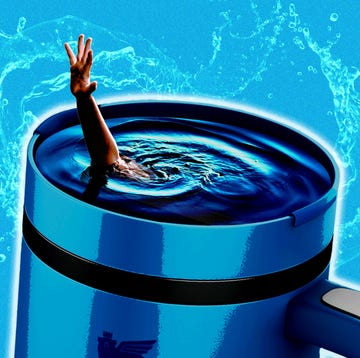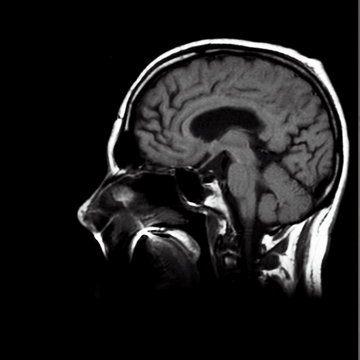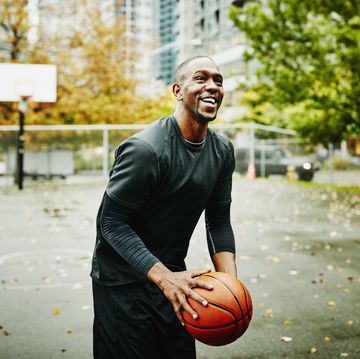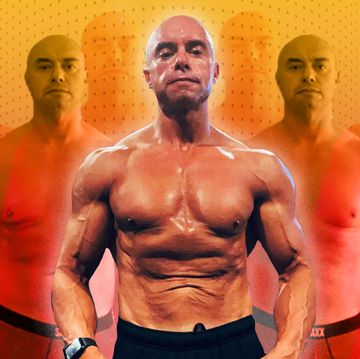You know the feeling: After a serious bench press/cable fly combination, there’s that burn in your chest that feels like victory (a buzzed, spent sort of victory).
And there’s the burn inside that burn, traveling up your esophagus, that feels like you need to swallow a fire extinguisher.
Heartburn, aka the bad burn that comes with gastroesophageal reflux (GERD), often barges into your workout when you’re lifting weights. And GERD and its burn are on the rise in younger people, especially those between 30 and 39, according to recent research from Case Western Reserve University.
These problems are particularly common if you’re overweight, which puts you in the catch-22 of lifting to try to keep your weight down but trying not to get sidelined by heartburn.
So what’s igniting that fire? Whether you’re hoisting kettlebells, a hex bar, or anything else, you’re increasing your intra-abdominal pressure, explains MH advisor Felice Schnoll-Sussman, M.D., a gastroenterologist at NewYork-Presbyterian Hospital/Weill Cornell Medical Center. That can lead to the valve at the bottom of your esophagus being forced open by the contents of your stomach pressing upward and irritating the esophagus when they do.
And all the planks and pushups and hinges that happen with a good strength program can contribute to stomach acid going where it’s not supposed to, because gravity’s not helping you keep it where it’s meant to be. What doesn’t exacerbate the burn: heavy weights. Many men think the more intensity you lift with, the more reflux, but studies haven’t been able to prove that, says Dr. Schnoll-Sussman.
So keep that bar loaded and schedule another workout, because her tips below can help you lift without the wrong kind of burn.
How to avoid heartburn when you lift weights
Work with gravity
Lying flat can allow your stomach contents to drift upward. So if, for instance, bench presses are giving you trouble, that’s a good time to do a seated machine press or an incline press.
Fuel up wisely
If you need something to eat before your session, make it an easily digestible carb, and eat only a little. If you go into the gym with a full stomach, there’s a greater likelihood you will have reflux—it’s that stomach-contents-pressing-on-the-valve thing again.
Take it easy on liquids
Swilling a lot of liquid, even water, can fill your stomach and precipitate reflux, too. Sipping from a straw can make things worse: You decrease the pressure in the chest and pull from the stomach, which raises the chance of something coming back up. Coffee lovers, you might be fine. Some people can drink it without trouble; others can’t tolerate a pre-workout sip. (Check out what else docs say you might be able to eat and drink when you have reflux).
Get the right OTC meds
If adjustments in your diet or body position don’t tame the burn, you might consider OTC meds. Here's what to know about the different types:
- Basic antacids (like Tums, Rolaids, Mylanta, Alka-Seltzer): “These don’t change what’s going on; they just counteract the acid in your stomach so what comes up doesn’t burn so much,” says Dr. Schnoll-Sussman.
- H2 Blockers: They don’t stop reflux, but these meds do reduce the amount of acid coming up. You know them as Pepcid AC and Tagamet.
- PPIs: Proton-pump inhibitors are your next step after H2 blockers. They help inhibit an enzyme involved in producing acid. You have to pop them 30 minutes before a meal, which can be tricky if you work out in the morning. Brands include Nexium, Prilosec, Prevacid.


